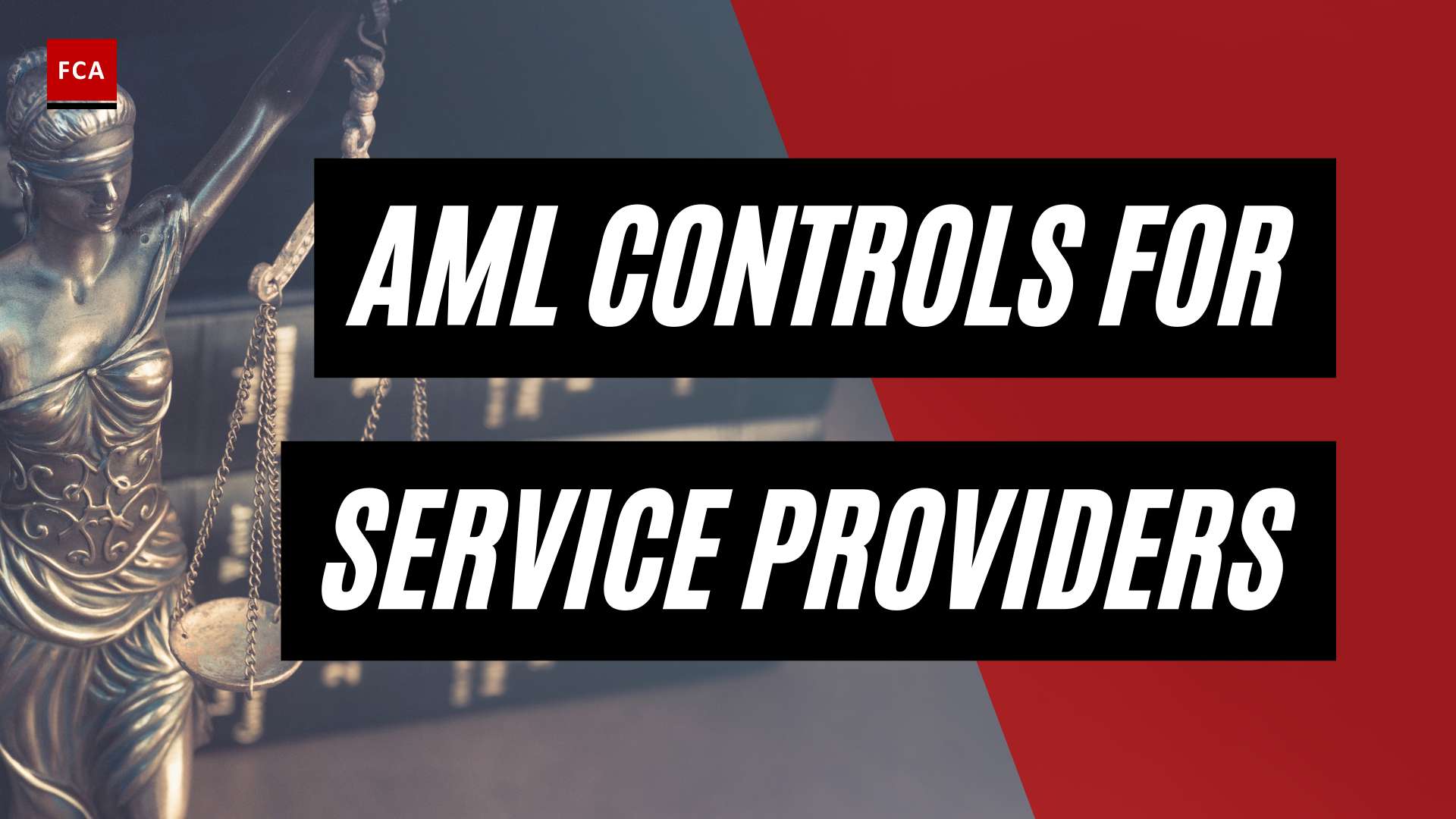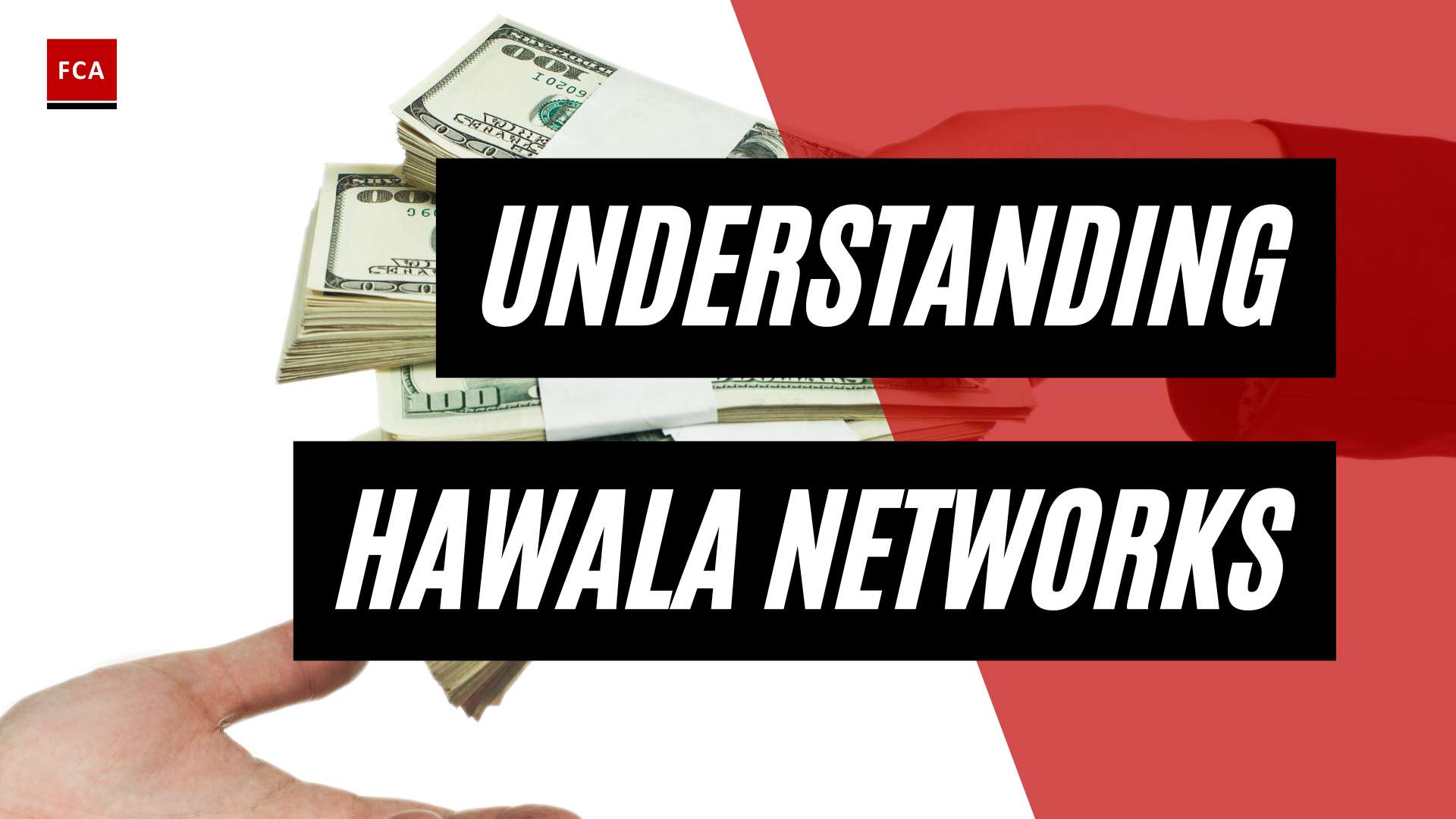Understanding AML Public-Private Partnerships
In the fight against money laundering and financial crimes, the concept of public-private partnerships is taking center stage. Combining the resources and expertise of both sectors, Anti-Money Laundering (AML) public-private collaborations are emerging as an effective strategy to address the complex challenges that these crimes present.
Defining AML Public-Private Collaboration
AML public-private collaboration refers to the cooperative efforts between government entities and private sector organizations to prevent and detect money laundering. These partnerships leverage the strengths of both sectors to enhance the efficiency and effectiveness of AML measures.
Public-private partnerships are being increasingly embraced in the AML sector as they help allocate resources efficiently and improve operational effectiveness in combating financial crimes, enhancing transparency, and providing better data quality by leveraging technology and expertise from both sectors. (alessa.com)
The establishment of clear legal frameworks, protocols, and information-sharing mechanisms is crucial for AML public-private collaborations to operate efficiently and effectively, ensuring that all parties comply with regulations and maintain the confidentiality of shared data. (alessa.com)
The Role of AML Partnerships
The role of AML public-private partnerships is multi-faceted. They serve to combine the resources and expertise of public agencies and private sector entities in a collective effort to combat money laundering and related financial crimes.
AML public-private collaborations have seen success in various countries such as the United States, Canada, the UK, and Australia, where agencies work closely with the private sector to share information, best practices, and resources to combat money laundering and terrorist financing effectively. (alessa.com)
For instance, within the private sector, more than 24,000 Canadian businesses play a critical frontline role in efforts to prevent and detect money laundering and terrorist financing, by complying with obligations set out in the Proceeds of Crime (Money Laundering) and Terrorist Finance Act (PCMLTFA). Many of these businesses take extra steps to combat money laundering and its associated predicate crimes by collaborating closely with key Regime partners in the form of public-private partnerships. (Canada.ca)
The effectiveness of these partnerships is evident in the success stories across various jurisdictions. For more information on the role of these collaborations and their impact on AML efforts, refer to our article on effectiveness of aml public-private partnerships.
By aligning efforts and sharing valuable insights, AML public-private collaborations can significantly enhance the overall effectiveness of anti-money laundering measures. Understanding these partnerships is the first step towards shaping the future of AML initiatives.
Global Examples of AML Collaborations
As the fight against financial crime continues to evolve, so too does the nature of public-private partnerships in anti-money laundering. Let’s explore some global examples of successful AML collaborations.
Success Stories in the UK and US
In the UK, the Joint Money Laundering Intelligence Taskforce (JMLIT) has been making strides in combating financial crime since its establishment in 2015. This partnership has supported and developed more than 750 law enforcement investigations, leading to arrests, the seizure or restraint of funds, and the identification of suspect accounts linked to money laundering activity (White & Case). This is a compelling example of the effectiveness of AML public-private partnerships.
Similarly, in the US, the Department of the Treasury’s Financial Crimes Enforcement Network (FinCEN) established the FinCEN Exchange in December 2017. This collaboration convenes regular briefings with financial institutions to exchange information on priority illicit finance threats. This exchange of information allows financial institutions to better identify risks and focus on high priority issues (White & Case). The success of the FinCEN Exchange underlines the importance of public-private information exchange in AML.
Germany’s AFCA Initiative
Germany established the Anti Financial Crime Alliance (AFCA) in September 2019 to intensify cooperation between authorities and private sector institutions involved in preventing and combating money laundering. AFCA facilitates an exchange of information between the public and private sectors and has set up working groups to address specific areas of financial crime. This commitment to public-private cooperation in AML investigations is a significant step in the right direction.
These examples from the UK, US, and Germany demonstrate the potential of AML public-private collaboration in the global fight against financial crime. Such collaborations not only streamline the process of identifying and investigating potential cases of money laundering but also foster a sense of accountability in AML public-private partnerships. As we move forward, the continued growth and development of such partnerships will be instrumental in enhancing the effectiveness of AML efforts worldwide.
Challenges in AML Public-Private Collaborations
While AML public-private collaborations have the potential to significantly advance our collective ability to combat financial crime, they are not without their challenges. Key among these are aligning risk tolerance and processes, and ensuring that data privacy and security measures are maintained.
Aligning Risk Tolerance and Processes
One of the main challenges faced in AML collaborations is the need for public and private entities to align in terms of risk tolerance, internal processes, governance, and compliance practices to foster successful partnerships. This alignment requires a considerable level of agreement and coordination, which can be challenging given the inherent differences in the operations and objectives of public and private entities.
Moreover, as the task force of the American Bar Association found, a significant gap exists between what banks are currently doing and what they could do with an effective program. This gap indicates a need for improved alignment and collaboration in order to fully leverage the potential of these partnerships.
Ensuring Data Privacy and Security
Another challenge in AML collaborations is ensuring data privacy and security. Effective AML public-private collaborations require a high level of trust between the public and private participants, facilitated through sharing information, intelligence, and expertise. At the same time, it is critical to maintain data privacy and security standards, which can be complex given the sensitive nature of the data shared in these partnerships.
The establishment of clear legal frameworks, protocols, and information-sharing mechanisms is crucial for AML public-private collaborations to operate efficiently and effectively, ensuring that all parties comply with regulations and maintain the confidentiality of shared data (alessa.com).
In conclusion, while these challenges are significant, they are not insurmountable. With careful planning, clear communication, and a commitment to collaboration, public and private entities can successfully navigate these complexities and achieve their shared goal of combating financial crime. For more insights into challenges of public-private partnerships in AML, please follow the link.
The Role of Trust in AML Partnerships
Trust is the cornerstone of AML public-private collaborations, acting as the connective tissue that binds together the various participants and enables effective cooperation. This section delves into how trust is built and sustained in these partnerships, with a focus on information sharing and the importance of legal frameworks.
Building Trust through Information Sharing
Effective AML public-private collaborations require a high level of trust between the public and private participants, facilitated through sharing information, intelligence, and expertise while maintaining data privacy and security standards.
For instance, the U.S. AML regime has shown the benefits of collaboration between the public and private sectors, where both parties share information and work collectively to identify and prevent money laundering activities (U.S. Department of State).
Furthermore, active engagement, communication, and collaboration between the public and private sectors foster trust, transparency, and a shared commitment to combat money laundering and terrorist financing.
For a deeper understanding of information exchange in these partnerships, refer to our article on public-private information exchange in AML.
The Importance of Legal Frameworks
Beyond trust, the establishment of clear legal frameworks, protocols, and information-sharing mechanisms is crucial for AML public-private collaborations to operate efficiently and effectively (alessa.com). These frameworks ensure that all parties comply with regulations and maintain the confidentiality of shared data.
For example, the government of Canada seeks feedback from the private sector in various ways, including through the Advisory Committee on Money Laundering and Terrorist Financing and its working groups, as well as through public consultation processes.
Such practices highlight the importance of legal frameworks in fostering accountability in AML public-private partnerships, which is detailed further in our article on accountability in AML public-private partnerships.
In conclusion, trust and robust legal frameworks are essential components of successful AML public-private collaborations. By fostering an environment of trust and operating within clearly defined legal boundaries, these partnerships can effectively combat money laundering and terrorist financing.
The Impact of AML Public-Private Partnerships
AML public-private partnerships (PPPs) are revolutionizing the approach towards combating financial crimes. They promise improved effectiveness in anti-money laundering (AML) measures and an enhancement in transparency and data quality.
Improving AML Effectiveness
AML public-private collaborations are being increasingly embraced in the AML sector as they help allocate resources efficiently and improve operational effectiveness in combating financial crimes (alessa.com). Sharing information, intelligence, and expertise while maintaining data privacy and security standards is crucial for effective AML collaborations (alessa.com).
These collaborations have seen success in various countries such as the United States, Canada, the UK, and Australia, where agencies work closely with the private sector to combat money laundering and terrorist financing effectively (alessa.com). For instance, the U.S. Department of the Treasury’s Financial Crimes Enforcement Network (FinCEN) has a commendable record of successful public-private collaborations in the AML sphere.
Given the complexity of financial crimes, public-private partnerships are crucial for implementing comprehensive AML measures and combating money laundering effectively. These partnerships have proved to be key in addressing the evolving challenges of money laundering, terrorist financing, and other financial crimes in the United States.
Enhancing Transparency and Data Quality
AML public-private collaborations play a pivotal role in enhancing transparency and providing better data quality by leveraging technology and expertise from both sectors. The establishment of clear legal frameworks, protocols, and information-sharing mechanisms is crucial for AML public-private collaborations to operate efficiently and effectively, ensuring that all parties comply with regulations and maintain the confidentiality of shared data (alessa.com).
For instance, in Canada, more than 24,000 businesses play a critical frontline role in efforts to prevent and detect money laundering and terrorist financing, by complying with obligations set out in the Proceeds of Crime (Money Laundering) and Terrorist Finance Act (PCMLTFA). Many of these businesses take extra steps to combat money laundering and its associated predicate crimes by collaborating closely with key Regime partners in the form of public-private partnerships.
These collaborations underscore the importance of trust and transparency in public-private partnerships. They highlight the significance of shared accountability in AML measures and the role of industry collaboration in AML partnerships. The benefits of public-private partnerships in AML are evident in the improved effectiveness and data quality that they bring to the table. However, they also present certain challenges that need to be addressed to ensure their continued success in the future.
Future Trends in AML Collaborations
As the fight against money laundering and financial crimes continues to evolve, so too does the nature of AML public-private collaboration. Looking to the future, the role of technology and international cooperation are set to shape the way these partnerships operate.
The Rise of Technological Advancements
In the realm of AML collaborations, technology is a game-changer. Public-private partnerships (PPPs) can lead to advancements in technology and data analytics that enhance monitoring and enforcement capabilities in combating money laundering and terrorist financing CFATF-GAFIC.
The private sector’s involvement in PPPs brings valuable insights into emerging risks and vulnerabilities. These insights can help tailor AML/CFT measures more effectively to address evolving threats CFATF-GAFIC. This underscores the importance of industry collaboration in AML partnerships in leveraging technology for more efficient and effective measures.
The Importance of International Collaboration
International collaboration in AML/CFT efforts enables governments to combine resources and knowledge, thereby improving their ability to combat money laundering and terrorism financing Sanction Scanner. This collaboration leads to the identification of high-risk individuals, entities, and jurisdictions, aiding in targeted investigations and disruption of illicit financial networks.
Organizations like the Financial Action Task Force (FATF) play a critical role in promoting international collaboration in AML/CFT efforts by establishing global standards, encouraging regulatory cooperation, and developing robust frameworks for enforcement and supervision Sanction Scanner.
Capacity-building initiatives through international cooperation, such as training programs, workshops, and resource sharing, enable countries to enhance their AML/CFT capabilities. More developed economies can provide expertise and technological support to developing countries, fostering the transfer of skills and knowledge for more efficient investigations Sanction Scanner.
The future of AML public-private collaboration is one of increased technological involvement and strengthened international cooperation. Through these advancements, the effectiveness of AML efforts worldwide can be significantly enhanced. For further reading on the evolution of such collaborations, refer to our article on public-private collaboration models in AML.








